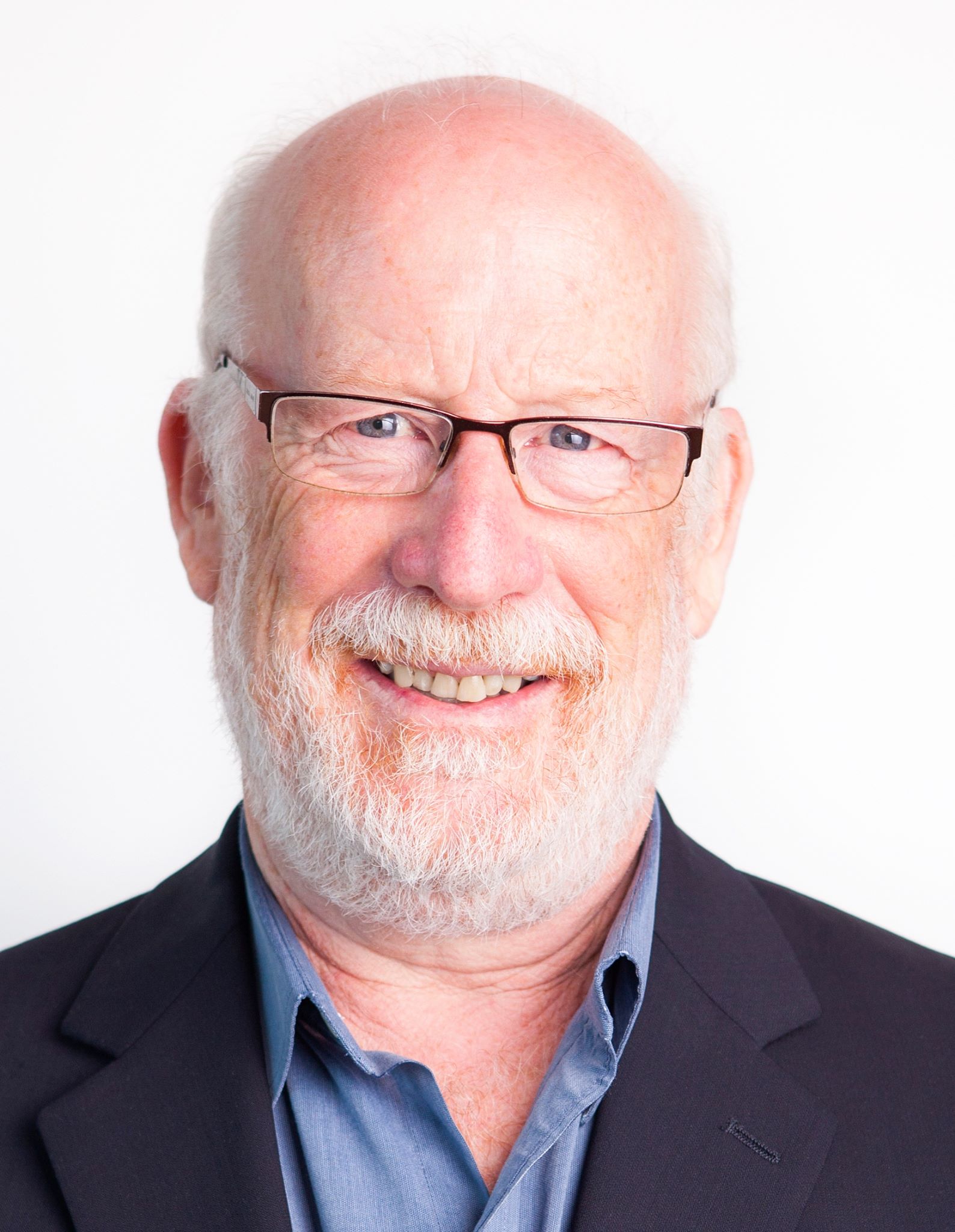South Okanagan-West Kootenay New Democrat MP Richard Cannings says he was “surprised and not just a little disappointed” at a new electoral map that will see Greater Trail split between two ridings.
The federal electoral boundaries commission’s final report has Trail and Beaver Valley being moved from Canning’s riding to the mostly East Kootenay riding presently known as Kootenay-Columbia, which will be renamed Columbia-Kootenay-Southern Rockies.
Rossland and Warfield, however, will remain in the riding to the west, which is to become known as Similkameen-South Okanagan-West Kootenay.
“I was hoping we would see some more cohesiveness on the Kootenay side of things and keep communities together,” Cannings said in an interview.
Cannings protested the move of the Beaver Valley to a different riding from the rest of Greater Trail but the commission’s response was to move Trail as well.
“It was kind of mystifying,” Cannings said. “But I know this is a difficult job, and as elected official I don’t think it should be my role to get involved deeply in these decisions.
“But there’s no public process at this stage. The only process was through the MP and so I was trying to represent the thousands of emails and concerned calls I had.”
However, Cannings said he was glad the commission listened to his suggestion to keep Brilliant and Thrums with Castlegar rather than moving them to a Vernon-based riding. But he had no luck urging the Slocan Valley also be kept tied to the West Kootenay rather than being placed in the Vernon constituency.
Cannings felt there were better solutions that could have shifted the dense populations in the Okanagan and would not have divided the West Kootenay among three ridings.
While the commission was tasked with creating boundaries so each riding is close to the provincial mean of about 111,000 residents, he notes they have a lot of leeway on either side.
“I think most people would agree it’s more important to keep communities together so they have the same representation and whether they have 5,000 more or 10,000 less than the provincial average is less important,” Cannings said.
Cannings said the commission’s decision to place a new riding in the Vernon area had “ripple effects” as every surrounding riding had to be reduced. Moving the Similkameen into South Okanagan-West Kootenay compounded things, he said.
The first version of the revised electoral map contained no changes for the West Kootenay. However, this was the only point in the process where the public can provide input directly to the commission. In the second iteration, where things changed radically, there was no official process for the public except through their MP. There is no way to object to the final version at all, even though it contains changes that were not previously contemplated.
“That’s something Elections Canada should look at changing,” Cannings said. “When you have a dramatic shift from one draft to the next, there should be some way the public can have of expressing their concerns.”
Cannings said while he is sure the MPs who are elected in each riding will do their best, it ought to be as easy as possible for people to know who their representative is and have access to their offices for help.
Cannings has constituency offices in Penticton and Castlegar while Conservative MP Rob Morrison, who represents Kootenay-Columbia, has an office in Cranbrook.




